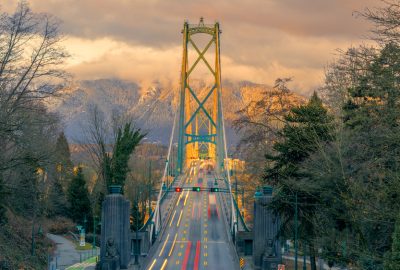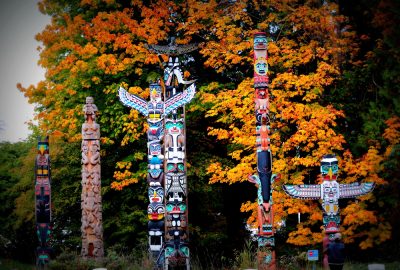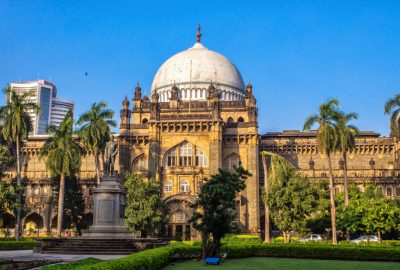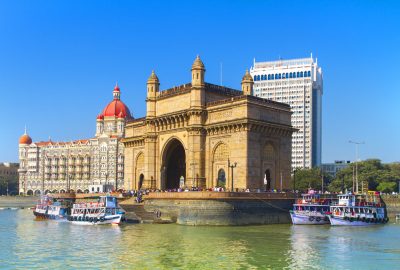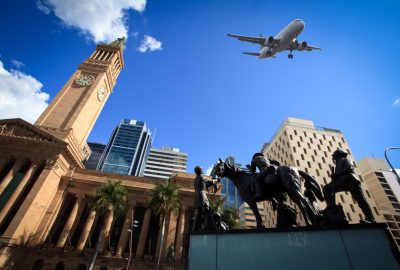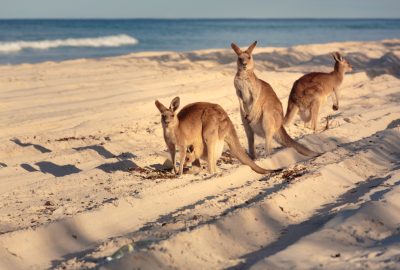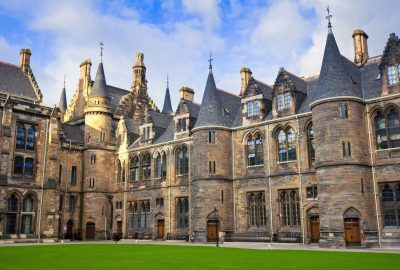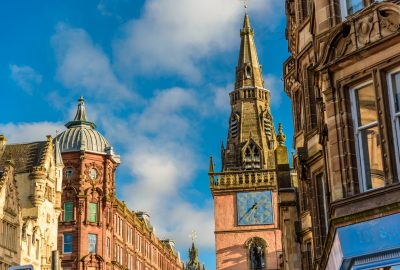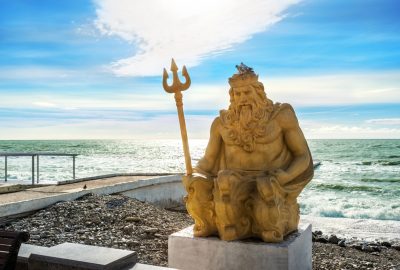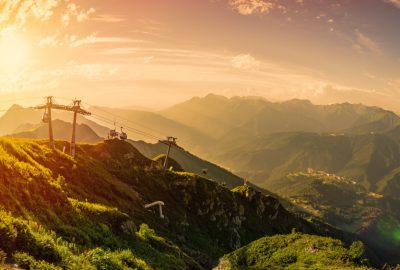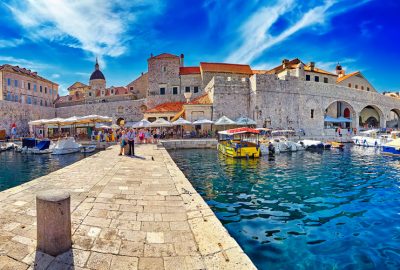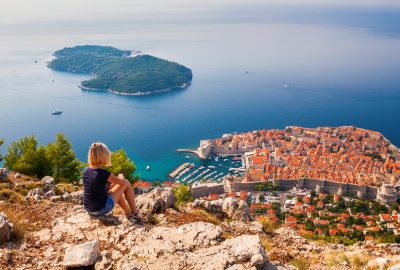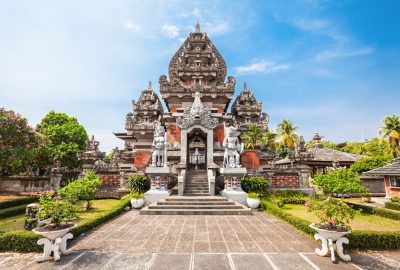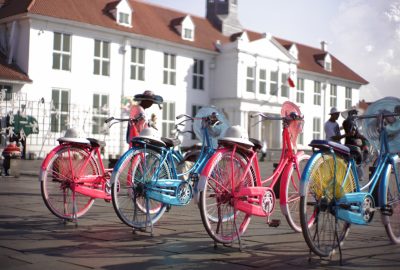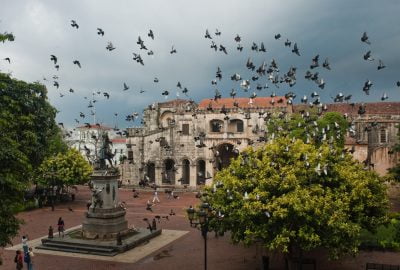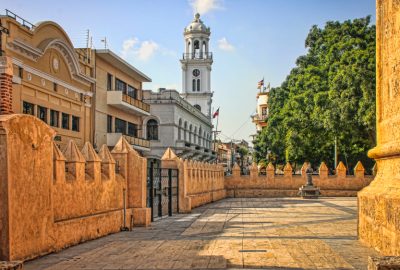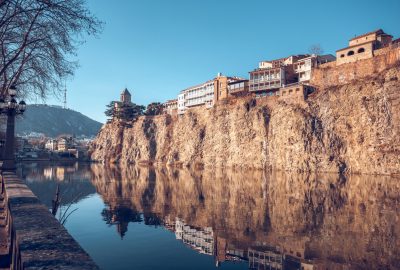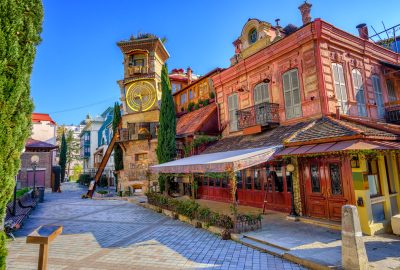I bet you know those people that spend their vacation only in places you can’t even pronounce. Baku is the next big thing in those circles. The capital of what now? Azerbaijan? Don’t shake your head in disbelief; this city is awesome. It’s hard to put a label on it. Baku is so alien to the western culture that we might as well be talking about Mars. You will notice undoubtedly strong Russian, but also Persian flavours. Traces of the Roman Empire here, an Indian temple there. Open a map and look at the Caspian Sea. Notice the eagle’s beak on its western shore. That’s Baku: the capital and the most developed city in Azerbaijan. Some even call it the next Dubai. Both are giants of the oil industry. Fossil fuels are an integral part of the Azerbaijani landscape. Underground pressure pushes gas to the surface. Drop a match and it will burn until the supply lasts. That means practically forever. Yanar Dağ is one such place, a giant natural stonewall with flames spouting out of it. We can explain this phenomenon now, but our ancestors couldn’t. What if the biblical burning bush was just a gas vent? Ateshgah of Baku is a similar site, albeit built up into an actual religious centre. Some say it is of Zoroastrian origin, some say it’s Hindu. At first, it was an altar or a tiny temple around the pyre. Ateshgah eventually grew into a monastery of sorts.
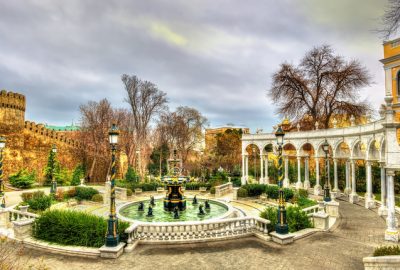
Along the wall of the old town in Baku, near the Philharmonic hall there is a garden with a beautiful fountain, a perfect place for relaxation and pleasant walks
Experience more of that thoroughly Arabic architecture around the Old City. Old Baku reminded me of Jerusalem. Think of chaotic and colourful with street vendors and crowded alleys smelling of baklava. Merchants are selling luxury fabrics and matryoshka dolls and chatting up their neighbours. Word is these alleys were designed by a military prodigy. Enemy troops could get inside, but manoeuvring in this labyrinth was impossible. Nowadays you have signs pointing you in the right direction. Head towards the Bazar Square. Archaeologists uncovered it in 1964 and it served as a pagan worship and burial site. It was likely a part of a larger religious complex. The Maiden Tower located south of the square is an unsolved riddle. Scientists knew that it predated the arrival of Muslims in Baku. Now they’ve discovered it is much older, there are parts of it from as far back in time as 600 BC. It’s bizarre; it looks like something drawn by H.R. Giger. Some people believe it served as a Zoroastrian fire temple. There are vents on top of it that funnel the natural gas upwards. That’s where they light them up like a blowtorch. I like to think it’s a fairy-tale wizards tower.

Flame Towers, the tallest buildings in Azerbaijan are visible from anywhere in Baku, their design and evening illumination resemble a huge fire, raging in the west of the city
The Palace of the Shirvanshahs is not as fascinating as the Maiden Tower. It is one of Baku’s iconic landmarks nonetheless and is definitely worth seeing. It used to be the residence of the Shirvanshaha lineage. They ruled this region for over 7 centuries. The palace complex was built around the 15th century, towards the end of their reign. It stands for a beautiful piece of history, but is also a symbol of an end to a dynasty. The city got raided, the Shirvanshahs were slaughtered, and their tombs desecrated and burned. That’s a bit of a grim thought to carry out of the Old City. It’ time for one thing I never thought I’d recommend to anyone. THE CARPET MUSEUM! I know it doesn’t sound exciting, but trust me on this one. The building was built in 2014 and it looks like a giant, rolled carpet. It’s awesome. The inside is also unique. You walk through a semi-tunnel and the exhibits are plastered along the curved walls.
Baku is featured on several “World’s Top 10 Nightlife” lists. A city that most people haven’t even heard about boasts the best nightlife? Yep. Nezami street is Baku’s main artery both during day and night. You know it’s a big deal when other countries have their embassies in the area. The architecture, the cafes; it’s as if you were in Paris. All the upscale shopping and eating earned Nizami the title of the most expensive street in the Caucasus. The actual clubs are spread around the city, some downtown, some along the seaside Neftchilar avenue. Nearby parks are also brimming with party people from dusk till dawn. Ask the locals about the Otto Club. It’s one of the oldest bars in Baku and already for decades the go-to spot for drinks and food.


